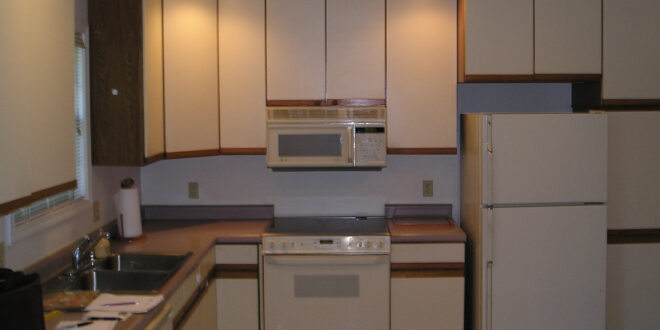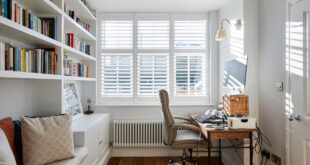body { font-family: Arial, sans-serif; line-height: 1.6; }
h2 { color: #333; margin-top: 2em; }
h3 { color: #666; margin-top: 1.5em; }
p { margin-bottom: 1em; }
li { margin-bottom: 0.5em; }
Particle Board Kitchen Cabinets: Unveiling the Truth Behind the Budget-Friendly Option
Choosing kitchen cabinets can feel like navigating a minefield. Solid wood screams quality but often comes with a price tag that induces heart palpitations. Then there’s the alluring, budget-friendly option: particle board kitchen cabinets. But are they a smart investment, or a recipe for kitchen regret? Let’s dive deep into the world of particle board cabinets, separating fact from fiction and helping you decide if they’re the right fit for your kitchen.
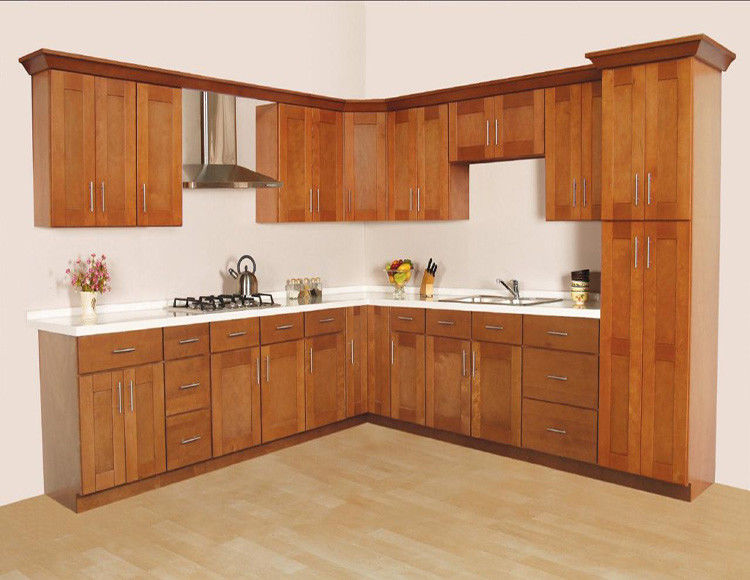
For many homeowners, the kitchen is the heart of the home. It’s where meals are prepared, memories are made, and families gather. Investing in quality kitchen cabinets is essential for both functionality and aesthetics. However, the cost of kitchen renovations can quickly escalate, making budget-friendly options like particle board cabinets seem increasingly attractive. But before you jump on the bandwagon, it’s crucial to understand what particle board is, its pros and cons, and how it compares to other cabinet materials.
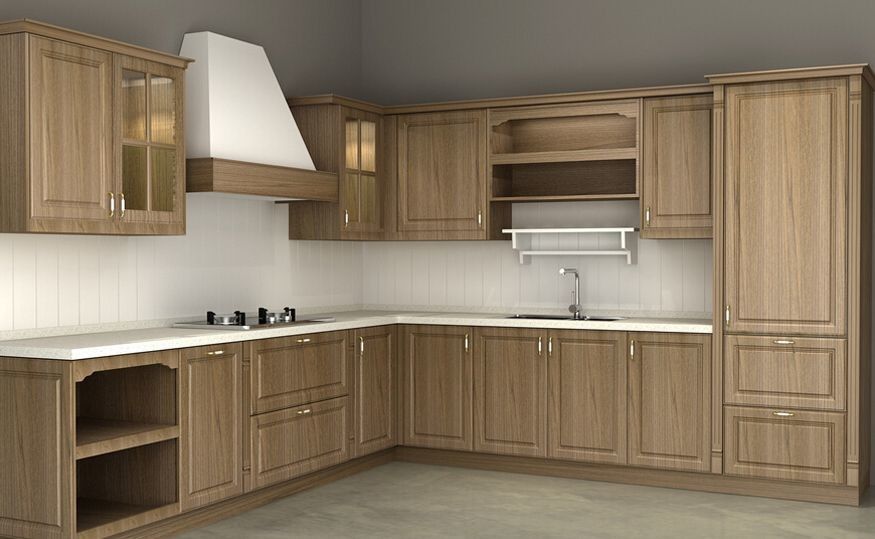
What Exactly Is Particle Board?
Particle board, also known as chipboard, is an engineered wood product made from wood chips, sawdust, and resin. These materials are pressed together under high pressure and heat to form sheets. Think of it like a giant, high-density wood smoothie – not quite as appealing as a real smoothie, but you get the idea. The density and the type of resin used can vary, influencing the strength and durability of the final product. Lower-density particle board is more prone to damage and swelling, while higher-density options offer improved stability.
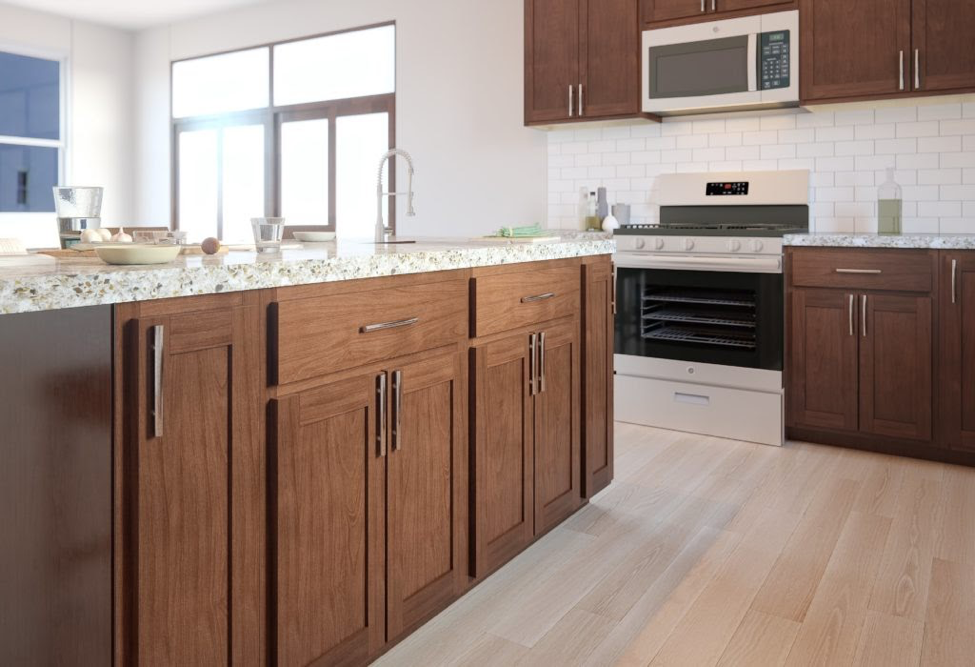
The Manufacturing Process in a Nutshell
- Material Collection: Wood chips and sawdust are collected from various sources, including sawmill waste and recycled wood.
- Drying: The wood particles are dried to a specific moisture content to ensure proper bonding.
- Mixing: The dried particles are mixed with resin, which acts as a binder.
- Forming: The mixture is spread onto a conveyor belt to form a mat.
- Pressing: The mat is pressed under high pressure and heat, compressing the particles and curing the resin.
- Cooling and Trimming: The pressed board is cooled and trimmed to the desired size.
- Finishing: The particle board may be sanded, laminated, or veneered for a finished appearance.
The Allure of Affordability: The Pros of Particle Board Kitchen Cabinets
Let’s face it: the biggest draw to particle board cabinets is their price. They are significantly cheaper than solid wood or plywood, making them an attractive option for homeowners on a tight budget. But the affordability isn’t the only advantage.
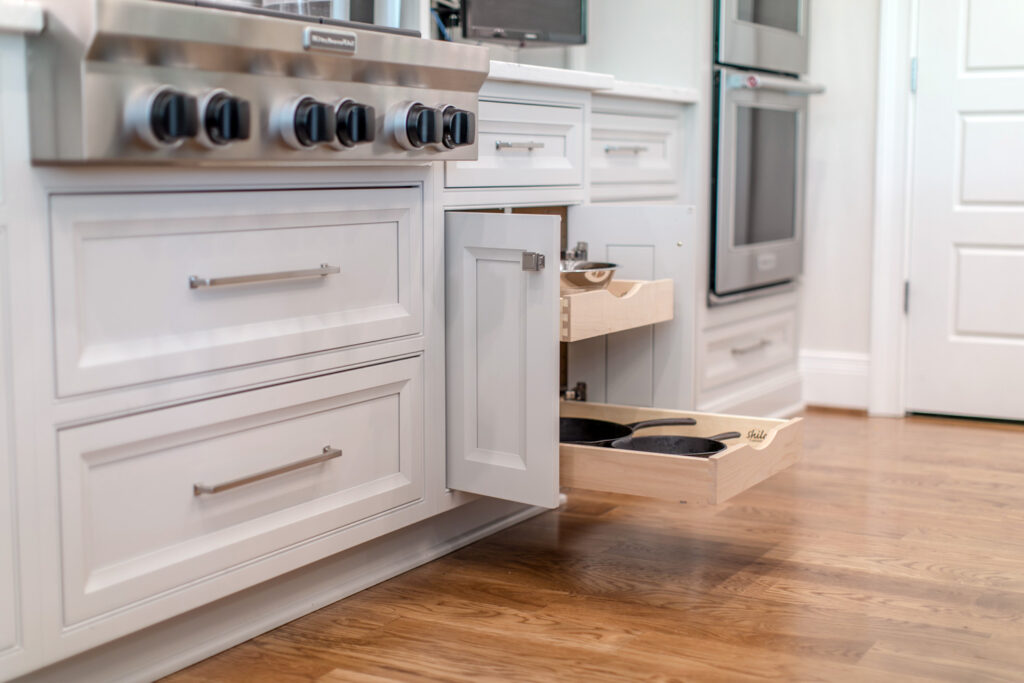
- Cost-Effectiveness: This is the big one. You can often outfit an entire kitchen with particle board cabinets for the same price as just a few solid wood cabinets. This allows you to allocate your budget to other important aspects of the renovation, such as countertops, appliances, or flooring.
- Consistent Surface: Unlike solid wood, particle board has a uniform surface with no knots or grains. This makes it ideal for painting, laminating, or applying veneers, resulting in a smooth, consistent finish.
- Eco-Friendliness (Potentially): Particle board can be made from recycled wood waste, making it a more sustainable option than using virgin wood. However, it’s crucial to check the manufacturer’s sourcing practices to ensure the wood is indeed from sustainable sources.
- Lightweight: Particle board is lighter than solid wood, which can make installation easier, especially for upper cabinets. This can also translate to lower shipping costs.
- Availability: Particle board cabinets are widely available in a variety of styles and finishes, making it easy to find something that matches your aesthetic preferences.
The Dark Side: The Cons of Particle Board Kitchen Cabinets
While the affordability is tempting, it’s essential to understand the potential downsides of particle board cabinets before making a decision. They’re not all sunshine and rainbows, and there are some serious drawbacks to consider.
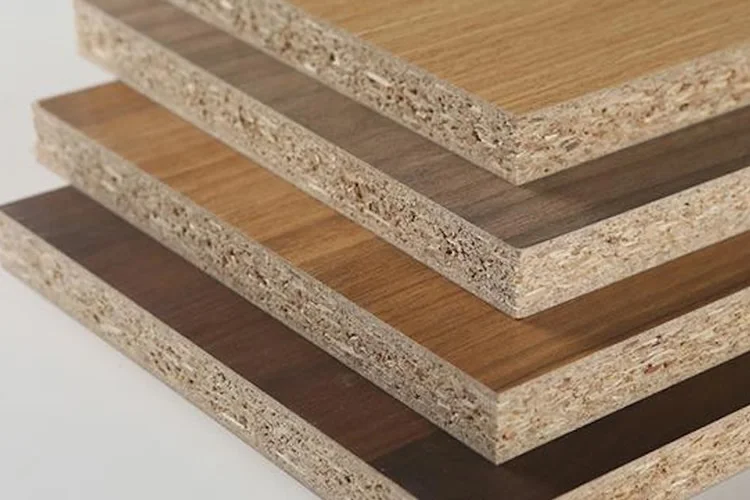
- Susceptibility to Water Damage: This is the biggest Achilles’ heel of particle board. When exposed to water, it can swell, warp, and even disintegrate. Kitchens are inherently prone to spills and leaks, making this a significant concern. A leaky faucet or a burst pipe can quickly ruin particle board cabinets.
- Lower Durability: Compared to solid wood or plywood, particle board is less durable and more prone to damage from impacts, scratches, and dents. Over time, hinges and screws may loosen, causing doors and drawers to sag or become misaligned.
- Limited Repair Options: Once particle board is damaged, it’s often difficult or impossible to repair. Swollen or warped particle board cannot be restored to its original condition, and attempting to repair it may only worsen the damage. Replacement is often the only viable option.
- Off-Gassing Concerns: Some particle board products contain formaldehyde, a known carcinogen. Formaldehyde can off-gas into the air, potentially causing health problems. Look for cabinets that are certified as low-emission or formaldehyde-free.
- Lower Weight Capacity: Particle board is not as strong as solid wood or plywood and has a lower weight capacity. Overloading shelves with heavy items can cause them to sag or break.
- Aesthetic Limitations: While particle board can be laminated or veneered to resemble solid wood, it often lacks the warmth and character of natural wood grain. The edges of particle board cabinets may also be more prone to chipping or peeling.
Particle Board vs. Other Cabinet Materials: A Head-to-Head Comparison
To make an informed decision, it’s helpful to compare particle board to other common cabinet materials.
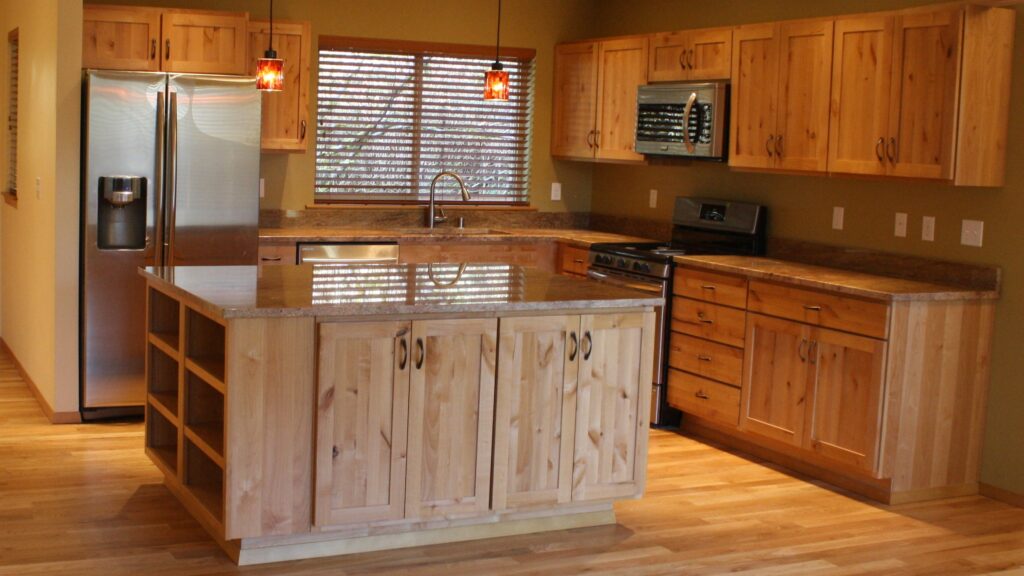
Particle Board vs. Solid Wood
Solid wood cabinets are the gold standard for quality and durability. They are strong, resilient, and can last for generations with proper care. However, they are also the most expensive option. Solid wood is resistant to water damage (though not immune), can be easily repaired, and adds a timeless elegance to any kitchen. The natural grain variations and unique character of solid wood create a warm and inviting atmosphere.
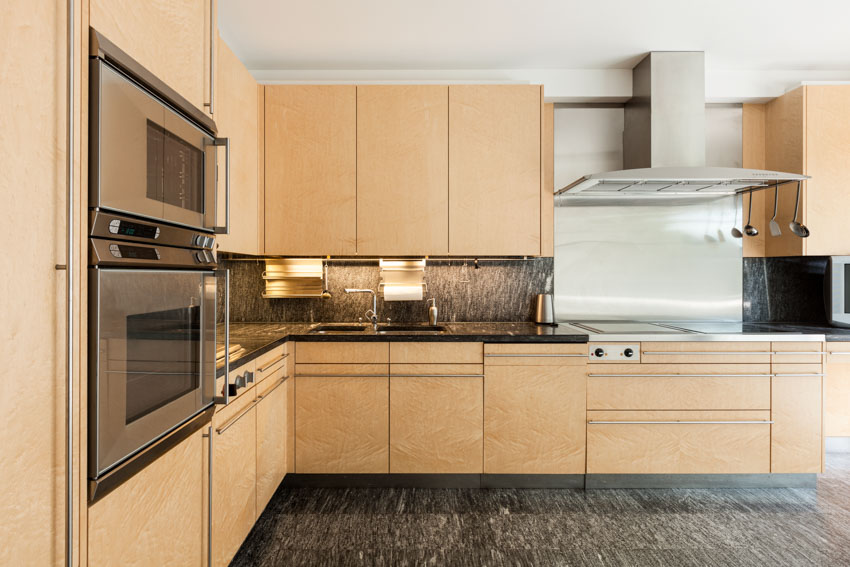
- Durability: Solid wood wins hands down.
- Water Resistance: Solid wood is significantly more water-resistant.
- Repairability: Solid wood is much easier to repair.
- Cost: Particle board is far more affordable.
- Aesthetics: Solid wood offers a natural, high-end look.
Particle Board vs. Plywood
Plywood is another engineered wood product, but it’s made from layers of wood veneers glued together. It’s stronger and more water-resistant than particle board, making it a good compromise between solid wood and particle board. Plywood cabinets are a popular choice for homeowners who want a durable and affordable option.
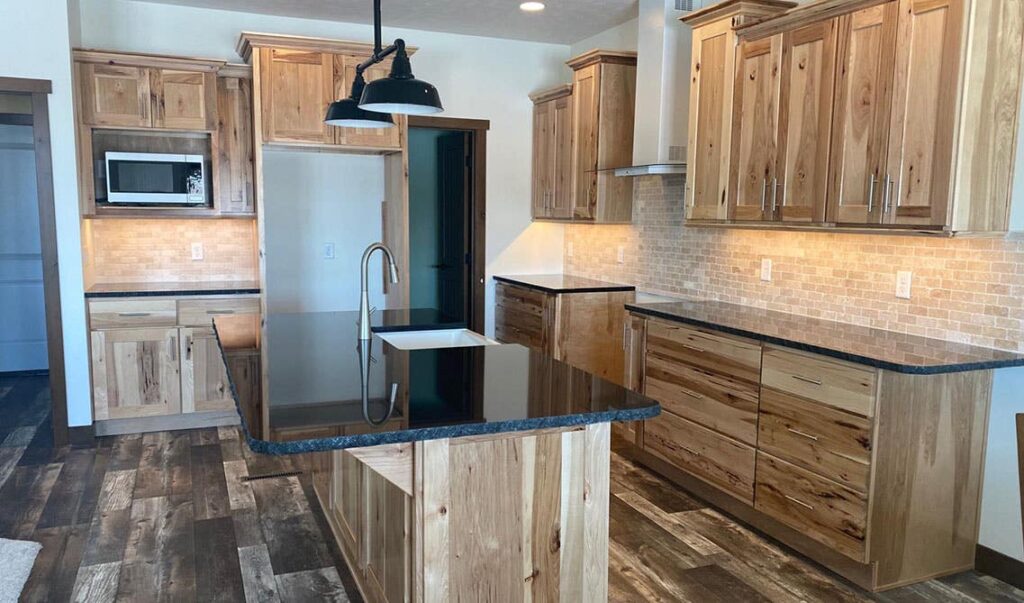
- Durability: Plywood is more durable than particle board.
- Water Resistance: Plywood offers better water resistance.
- Repairability: Plywood is easier to repair than particle board.
- Cost: Plywood is more expensive than particle board but less expensive than solid wood.
- Aesthetics: Plywood can be finished to resemble solid wood, but it may not have the same level of detail or character.
Particle Board vs. MDF (Medium-Density Fiberboard)
MDF is another type of engineered wood product similar to particle board, but it’s made from finer wood fibers. It’s denser and smoother than particle board, making it a good choice for painted cabinets. MDF is also less prone to chipping and peeling than particle board.
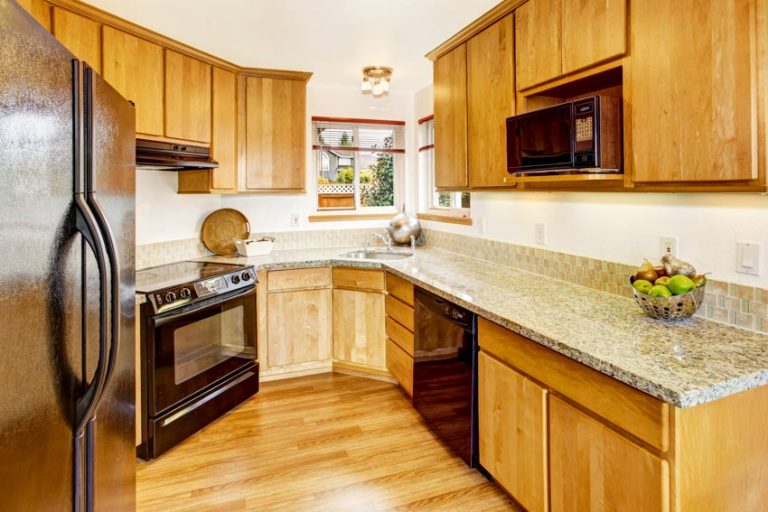
- Durability: MDF is generally more durable than particle board.
- Water Resistance: MDF is still susceptible to water damage, but it’s slightly more resistant than particle board.
- Repairability: MDF is slightly easier to repair than particle board.
- Cost: MDF is typically more expensive than particle board.
- Aesthetics: MDF provides a smoother surface for painting.
Making Particle Board Cabinets Work: Tips and Tricks
If you’ve decided that particle board cabinets are the right choice for your budget, there are steps you can take to maximize their lifespan and minimize the risks.
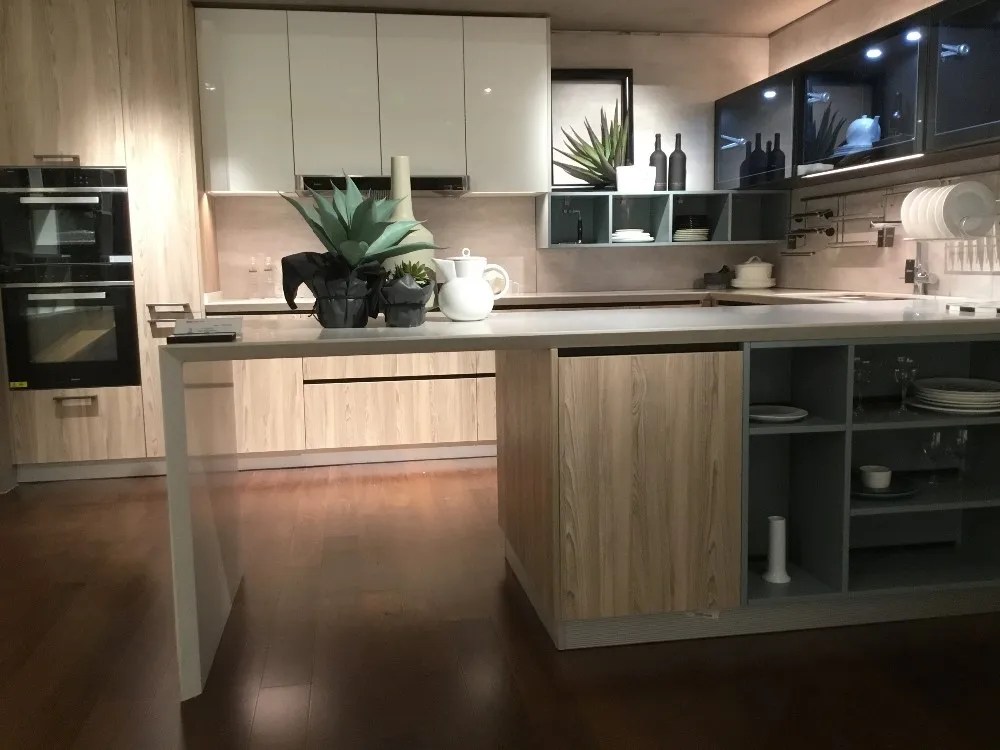
- Choose High-Density Particle Board: Opt for cabinets made from high-density particle board, which is more durable and water-resistant.
- Look for Water-Resistant Finishes: Select cabinets with a durable, water-resistant finish, such as laminate or melamine. This will help protect the particle board from moisture.
- Seal Exposed Edges: Seal any exposed edges of the particle board with edge banding or sealant to prevent water from penetrating.
- Proper Installation is Key: Ensure that the cabinets are installed properly, with tight seals around sinks and countertops to prevent water from seeping in.
- Maintain Good Ventilation: Proper ventilation in the kitchen can help reduce humidity and prevent moisture buildup.
- Be Vigilant About Spills: Clean up spills immediately to prevent water from soaking into the particle board.
- Use Protective Liners: Line shelves with protective liners to prevent scratches and spills.
- Consider Placement: Avoid placing particle board cabinets in areas that are prone to excessive moisture, such as directly under the sink or near the dishwasher.
Formaldehyde and Particle Board: Addressing the Concerns
The presence of formaldehyde in some particle board products is a legitimate concern. Formaldehyde is a volatile organic compound (VOC) that can off-gas into the air, potentially causing health problems such as eye, nose, and throat irritation, as well as respiratory issues. Long-term exposure to formaldehyde has also been linked to cancer.
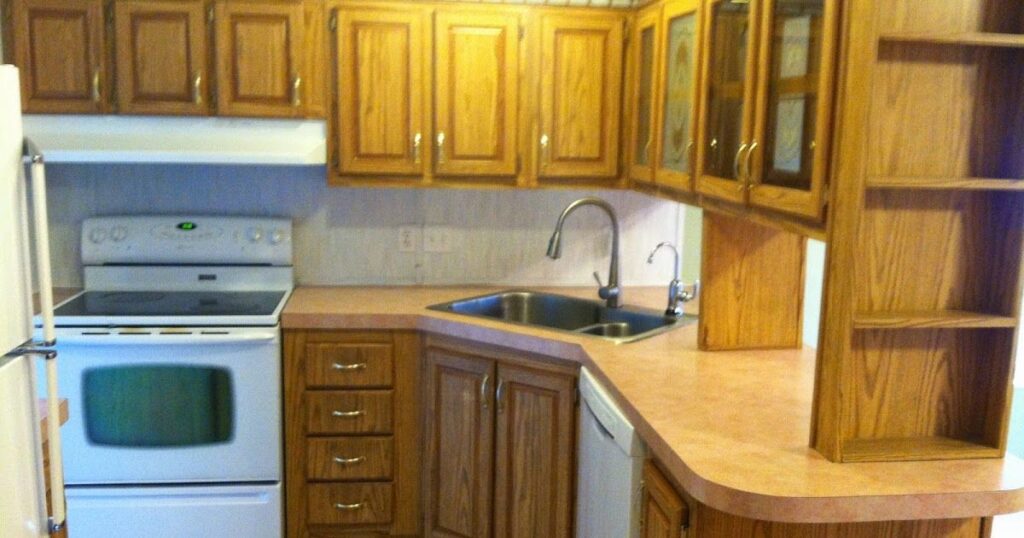
How to Minimize Formaldehyde Exposure
- Choose Low-Emission Cabinets: Look for cabinets that are certified as low-emission or formaldehyde-free. These cabinets meet strict standards for formaldehyde emissions.
- Ventilate the Kitchen: Proper ventilation can help reduce formaldehyde levels in the air. Open windows and doors regularly, and use a range hood when cooking.
- Allow Time for Off-Gassing: Before installing new cabinets, allow them to off-gas in a well-ventilated area for several days or weeks.
- Seal the Cabinets: Sealing the interior surfaces of the cabinets with a low-VOC sealant can help reduce formaldehyde emissions.
- Consider Alternative Materials: If you are particularly concerned about formaldehyde, consider alternative cabinet materials such as solid wood, plywood, or metal.
The Bottom Line: Are Particle Board Kitchen Cabinets Right for You?
Ultimately, the decision of whether or not to choose particle board kitchen cabinets depends on your individual needs, budget, and priorities. If you’re on a tight budget and are willing to take extra precautions to protect your cabinets from water damage, particle board can be a viable option. However, if you’re looking for a durable, long-lasting, and aesthetically pleasing option, solid wood or plywood may be a better investment.
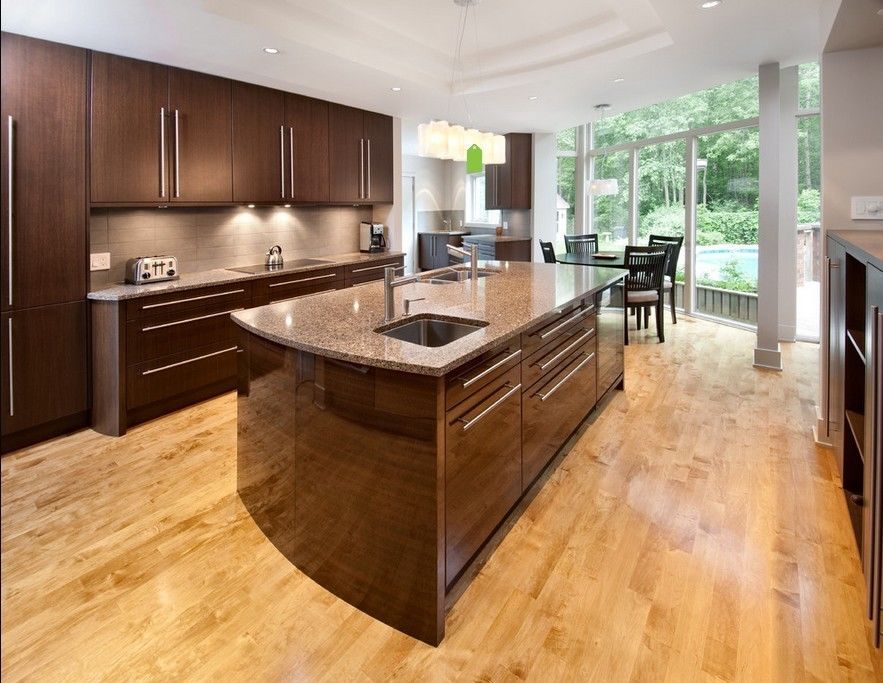
Consider your lifestyle and how you use your kitchen. If you’re a meticulous homeowner who is careful about spills and leaks, particle board cabinets may hold up well. But if you have a busy family with young children or pets, solid wood or plywood may be a more practical choice.
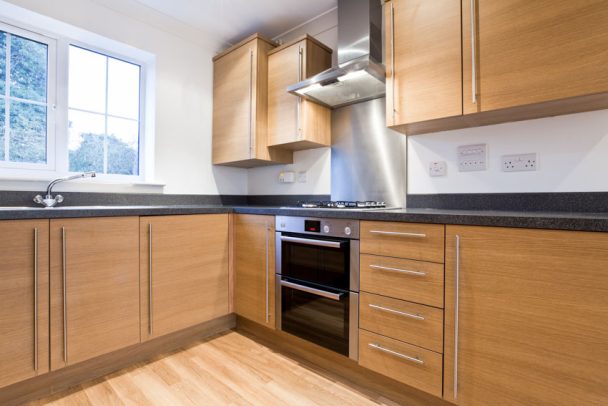
Don’t just focus on the initial cost of the cabinets. Think about the long-term cost of ownership, including potential repairs or replacements. Solid wood cabinets may cost more upfront, but they can last for decades with proper care, potentially saving you money in the long run.
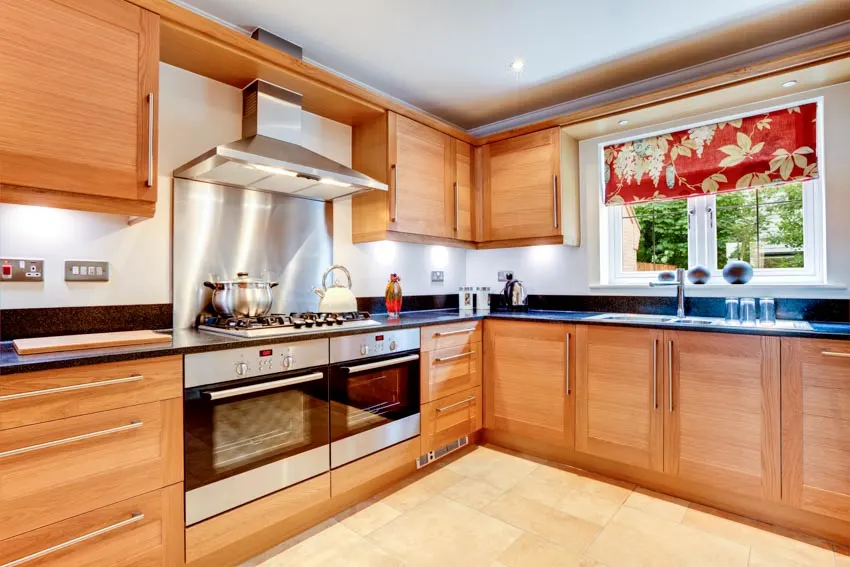
Talk to a kitchen design professional. They can assess your needs and budget and help you choose the best cabinet materials for your kitchen. They can also provide valuable advice on installation and maintenance.
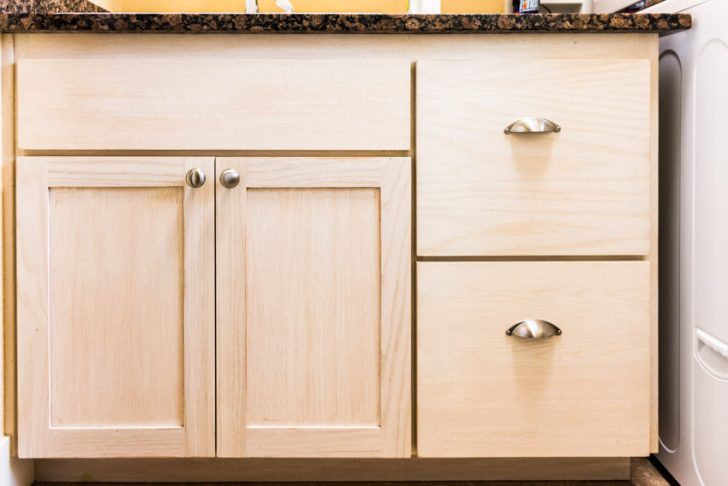
Before making a final decision, visit a showroom and see different cabinet materials in person. Open and close doors and drawers, examine the finishes, and get a feel for the overall quality. This will help you make an informed decision that you’ll be happy with for years to come.
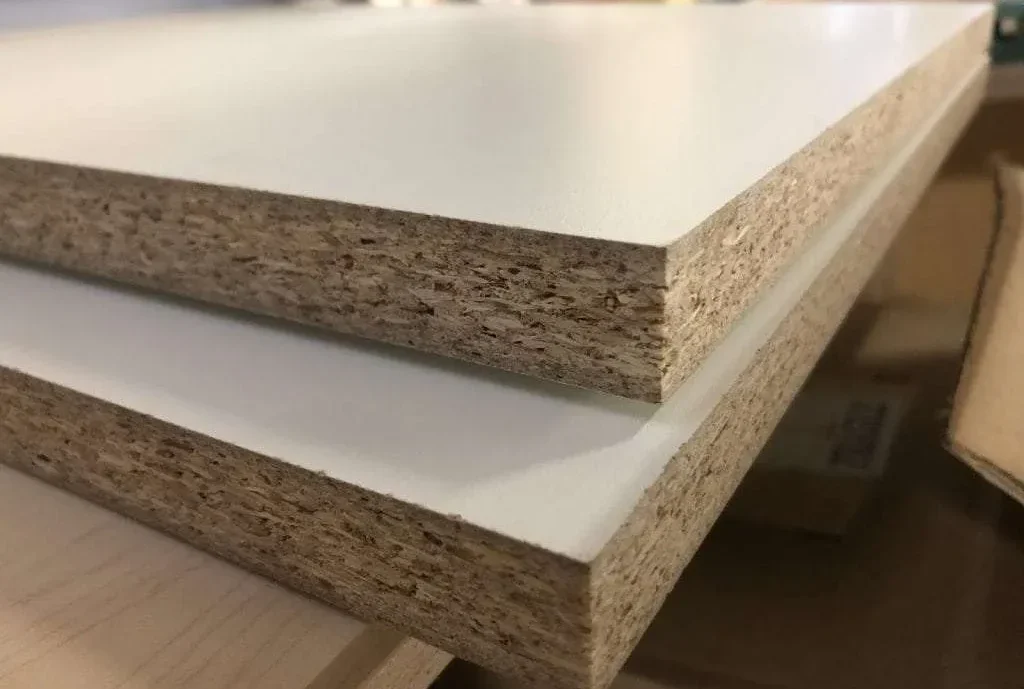
Choosing kitchen cabinets is a big decision. Take your time, do your research, and weigh the pros and cons of each material carefully. With the right information and planning, you can create a kitchen that is both beautiful and functional, without breaking the bank. Whether you opt for particle board, solid wood, or something in between, the most important thing is to choose cabinets that meet your needs and reflect your personal style.

 Nimila
Nimila
